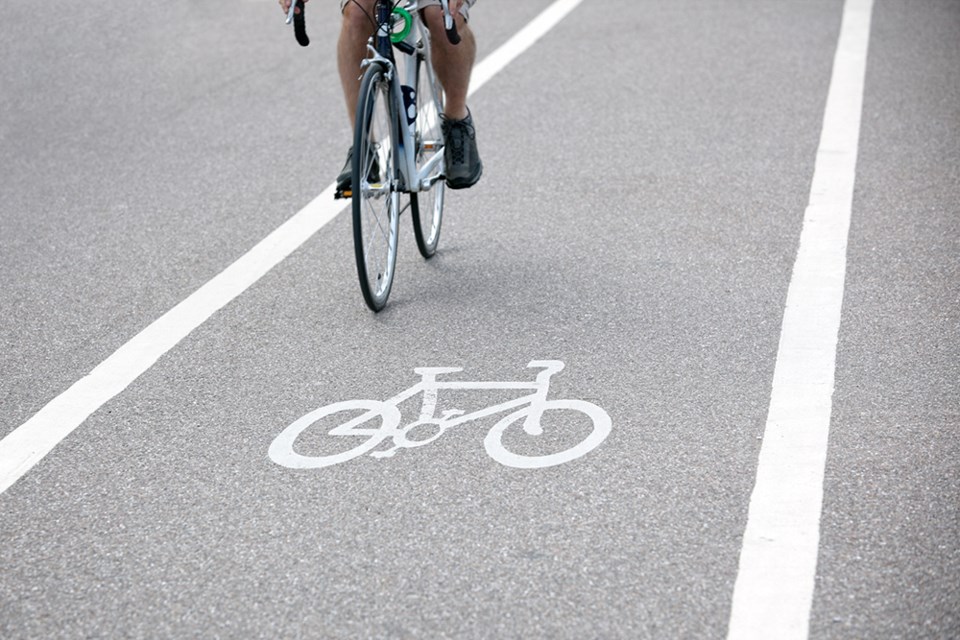City of Powell River council is asking staff for a report on integrating provincial recommendations to reduce carbon emissions into city bylaws.
At the April 7 council meeting, councillors were presented with two recommendations from the climate action mitigation and adaptation committee (CAMA).
Councillor Jim Palm said the recommendations were a rehash of some issues council had dealt with in the past and he believed there has been some resolution that anything coming out of CAMA would go to committee of the whole for thorough discussion and report, prior to it appearing on a city council agenda. He said having the chance to review it before a meeting would hopefully allow for an informed decision.
Palm said he wanted to ask staff for a report on CleanBC Roadmap to 2030 recommendations to come forward at a committee of the whole meeting.
Councillor CaroleAnn Leishman called a point of order and said the motions on the agenda were to direct staff to bring back a report.
“That is how the motions are specifically worded,” said Leishman. “They came from the climate change mitigation and adaptation committee as recommendations to council to direct staff to bring back a report because there was no report. This is exactly what you are asking for, councillor Palm, because I have heard you in the past to not have things come directly to this council, but the terms of reference for the committee dictate that the committee reports to council, not to another committee.
“The way the committee has worded the motions is that this council direct staff to bring back a report. It’s exactly what you are asking.”
Palm said he didn’t read the motions that way but that was up for debate.
Mayor Dave Formosa, speaking to chief administrative officer Russell Brewer, asked about a staff report on this item.
Brewer said the way he read the recommendations, there are action items relating to both that are with staff, that they have to bring back reports.
“From staff’s perspective, if these pass, we would just incorporate them into existing reports we are planning to bring back,” said Brewer.
Councillor George Doubt said he heard what Leishman what Brewer were saying, but when he read the first recommendation, it states that council approve the recommendation from the climate change adaptation and mitigation committee to direct staff to incorporate BC’s active transportation design guidelines into the infrastructure design and construction bylaw, integrating continuous sidewalks and bicycle lanes as a priority.
“That, when I read it, plainly says, that we would be instructing staff to integrate that provincial government report into the guidelines,” said Doubt. “The next thing I would expect to see from the plain reading of that, is staff to come back with a bylaw. I think what councillor Palm is suggesting, and what I would like to see, is an interim report from staff about the impact of including those things into a bylaw, so we could understand exactly how that would be incorporated, and the impacts on the city and the residents of the city.”
Mayor Dave Formosa said when the climate change committee brings new bylaws to consider, they would have to be a new bylaw. He said they come with a report on what they are suggesting to change, staff is going to look at it, and then report the changes to council.
“I think that is what the CAO is saying is it will come back as a report, but maybe what we want to do, from what I’m hearing from the two councillors, is talk about what they may debate putting in that report,” said Formosa.
Palm said because this was a broad provincial recommendation, more information is required before council asks the information from the roadmap to 2030 recommendations be incorporated into local bylaws.
Leishman said council had already given direction previously. She said the infrastructure design and construction bylaw has been in the works to be rewritten for about two years, but with the liquid waste treatment plant, there has been way too much going on to accomplish the task.
“I don’t know if they’ve gone out for consultants to bid on that project,” said Leishman. “This recommendation from the climate change committee encourages using the province’s own new active transportation design guidelines, which supersede any previous engineering strategies, because the province wants communities to get people out of their cars.
“The province needs us to reduce our carbon emissions and make our streets safer for more people to walk and cycle, and for wheelchairs and mobility scooters. The province has initiated this and the climate change recognizes that this is good to get in a recommendation to council to show the support from the committee on this, working toward updating our infrastructure design and construction bylaw, which is in the works to happen when staff has time.”
Leishman said the recommendations have to come directly to council because that is how the committee is established, but council could make an alternate recommendation to direct staff to do some other kind of report if it so wishes.
Councillor Maggie Hathaway suggested the recommendation be reworded to suggest council direct staff to review and report back to council on the recommendations from the climate action committee regarding the CleanBC Roadmap to 2030. Council carried the motion unanimously.



